Is it a mature aphid?
chilliwin
11 years ago
Related Stories

GARDENING GUIDESGreat Design Plant: Rosa Banksiae a Low-Maintenance Beauty
This thornless, disease- and insect-resistant rose brings showers of white or yellow flowers to the spring garden
Full Story
SUMMER FRUITS AND VEGETABLESHow to Grow Your Own Fresh, Sweet Corn
Here's how to plant and care for your own mini cornfield
Full Story
FARM YOUR YARDCool-Season Vegetables: How to Grow Lettuce
Leaf, butterhead, crisphead or romaine — lettuce is best harvested in the cool weather of spring and fall
Full Story
COOL-SEASON CROPSCool-Season Vegetables: How to Grow Potatoes
This ever-popular tuber is a stalwart in spring and fall gardens and a staple in kitchens everywhere
Full Story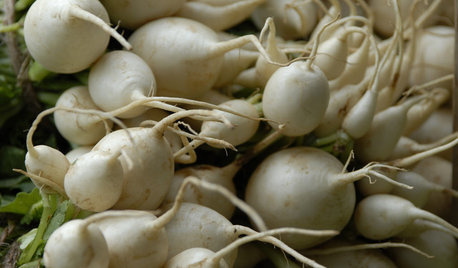
GARDENING GUIDESCool-Season Vegetables: How to Grow Turnips
Sweeter after a taste of frost, these often-overlooked root vegetables can be a surprisingly tasty part of your fall garden
Full Story0
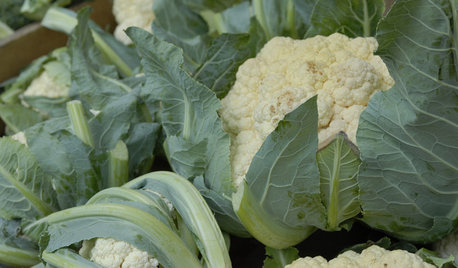
GARDENING GUIDESCool-Season Vegetables: How to Grow Cauliflower
It may be fussy about growing conditions, but the taste of cauliflower fresh from your fall garden is worth the effort
Full Story
EDIBLE GARDENSSummer Crops: How to Grow Pumpkins
Start in spring to grow your own fall decorations and have plenty left for pies
Full Story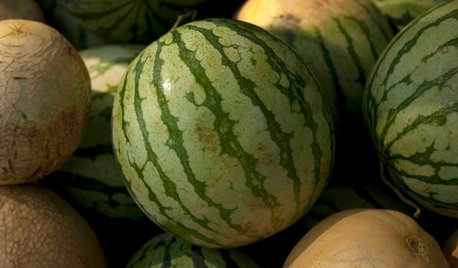
GARDENING GUIDESSummer Crops: How to Grow Melons
Drink in the refreshing sweetness of melons from your own garden this summer — they can last well into fall too
Full Story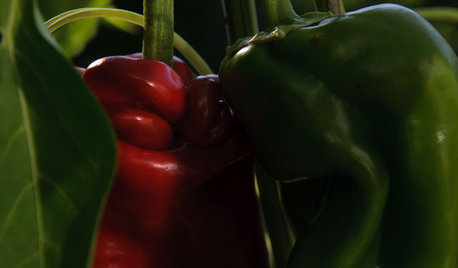
GARDENING GUIDESSummer Crops: How to Grow Peppers
Some like 'em hot; others like them sweet. With the incredible range of peppers available for home gardens, you can have your pick
Full Story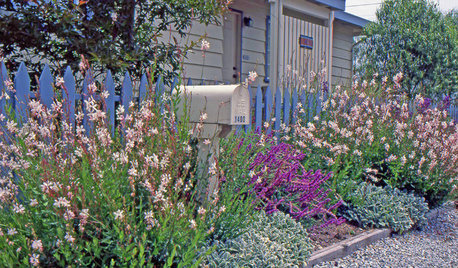
GARDENING GUIDESGreat Design Plant: Gaura Lindheimeri
Delicate, butterfly-shaped flowers ‘float’ above the foliage of this lovely, drought-tolerant perennial
Full StoryMore Discussions






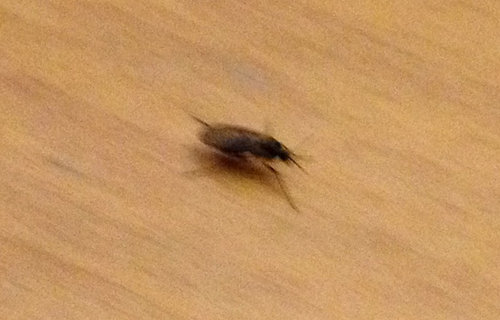
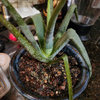

jojosplants
jodik_gw
Related Professionals
Seabrook Landscape Architects & Landscape Designers · Allentown Landscape Contractors · McKinney Landscape Contractors · Middletown Landscape Contractors · Anderson Landscape Contractors · Soddy Daisy Landscape Contractors · Tinton Falls Landscape Contractors · Tyngsboro Landscape Contractors · Merrifield Landscape Contractors · Attleboro Solar Energy Systems · Paradise Solar Energy Systems · Prunedale Solar Energy Systems · Decatur Window Contractors · Redwood City Window Contractors · Fremont Fence Contractorsrhizo_1 (North AL) zone 7
rockguy
nil13
calistoga_al ca 15 usda 9
chilliwinOriginal Author
chilliwinOriginal Author
nil13
jodik_gw
chilliwinOriginal Author
chilliwinOriginal Author
chilliwinOriginal Author
chilliwinOriginal Author
chilliwinOriginal Author
chilliwinOriginal Author
chilliwinOriginal Author
chilliwinOriginal Author
chilliwinOriginal Author
chilliwinOriginal Author
chilliwinOriginal Author
jodik_gw
chilliwinOriginal Author
ronalawn82
jodik_gw